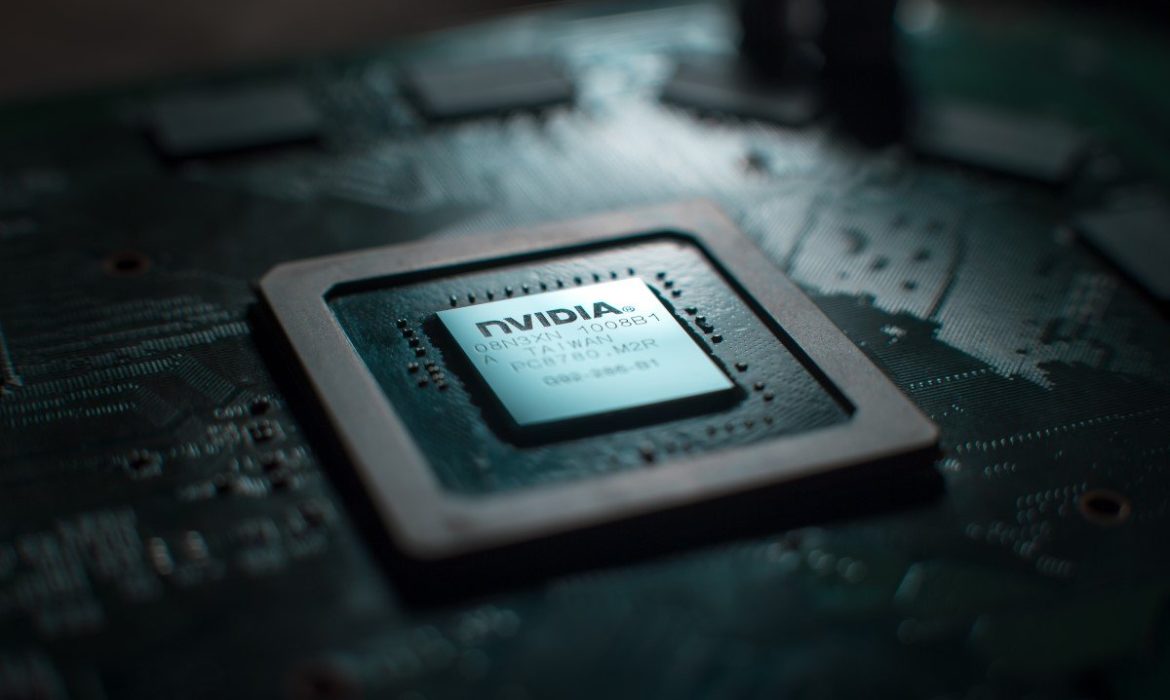Graphcore is an ambitious and well-funded British chip designer. It focuses solely on artificial intelligence applications. It has recently unveiled what it says is the world’s most complex chip: GC200 IPU or the Colossus MK2.
The processor has 59.4 billion transistors. Moreover, it offers an eight times performance increase from the company’s Colossus MK1, as Graphcore claims. Previously, Nvidia’s A100 held the title of the largest processor of the world. Now, this processor boasts more than the 54 billion transistors found in Nvidia’s A100. The American firm announced it earlier this year.
Each GC200 chip has 1,472 independent processor cores. It has 8,832 separate parallel threads, all supported by 900MB of in-processor RAM. Graphcore will be making the GC20 available through its new IPU Machine, the M2000. The M2000 contains four GC200 chips in a package the size of a pizza box. Moreover, it delivers one petaflop of total computing power. Also, the firm says that its new hardware is entirely plug-and-play. Customers will also be able to connect to 64,000 IPUs together for a total of 16 exaflops of computing power.
The announcement has arrived despite the chip world still being shaken up by the advent of artificial intelligence. Training plastic intelligence models require highly parallel processors. It is a demand that has drawn new players to the market (like Graphcore). Moreover, it has encouraged some existing tech giants (like Google) to make their specialized chips.
Graphcore vs. Nvidia
Nvidia has dominated the market so far. This is because its GPUs, which were initially designed to accelerate graphics rendering in video games, have proven a perfect fit for artificial intelligence processing. Graphcore is attempting to challenge that dominance. So far, it has attracted significant amounts of veteran backers and funding in the tech industry, like Dell and Microsoft.
Graphcore announced that it had attracted $150 Million in Funding for R&D in its latest funding round earlier this year. It gave the company a total valuation of $1.95 billion. The company was founded in 2012. It was around that time that the trend for deep learning took off. Thus, the company claims its most significant advantage is that its chips have been designed from the ground up, with artificial intelligence in mind.
Karl Freund works at Moor Insights & Strategy. He is an analyst there. He told The Verge that Graphcore’s latest offering impressed him. It is vital to properly harness the enormous parallel processing power needed for artificial intelligence.
Moreover, Freund said that Graphcore focuses not only on the chip but on the system as well. Training meaningful neural networks cannot be done on a single chip. Nevertheless, it must be done on hundreds, thousands maybe even tens of thousands of them. That scalability factor is what makes Graphcore stand out.
Freund notes that support software or Graphcore is ready for a startup. It can interface with a wide range of artificial intelligence frameworks. Moreover, it can offer the sort of workload monitoring tools that allow researchers to get the most of their hardware.
In a hardware market, firms compete over the number of transistors they can fit into a chip. Thus, this is software that will break or make a company’s fortunes.
















